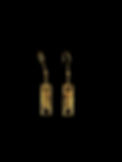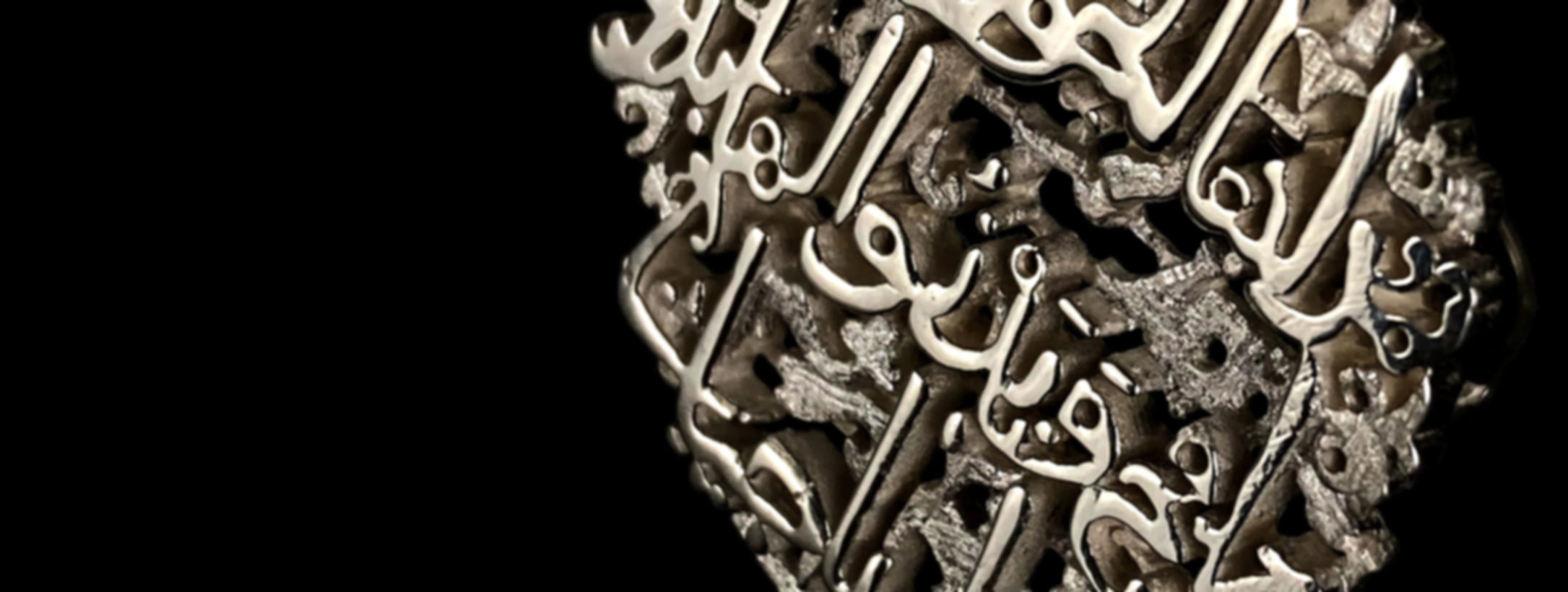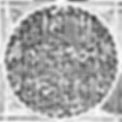

The Desert Ark

Inspired by petroglyphs carved into walls, Ancient Bedouin people are the traditional inhabitants of the region as they lived and traveled across the desert land. The petroglyphs tell us stories about the history and evolution of human activity in Arabia. These petroglyphs are mostly depictions of humans and animals like camels, ibex, and horses. Alongside all these figures are symbols like lines and circles. Experts concluded that they are instructions and messages left by the people for one another.


The Alphabet

inspired by Musnad writings carved into walls.
The Himyaritic script, commonly known as the Musnad script or the memorial script by orientalists, is an ancient writing system that developed in Yemen and is considered as one of the southern Semitic languages. It was the writing system used in the Arabian Peninsula for a long time, These writings are found in Yemen, and they are thought to have been created sometime between the ninth and eleventh century BC.


Enigma

. Inspired by structures in the black deserts, these “Big Circles”, as they’re called, are between 220 to 455 meters in diameter and they are almost perfectly round. None of the stone circles originally contained openings, so people would have had to jump over the walls to get inside, this means they wouldn’t be suitable as corrals for housing livestock, which was a suggested theory.


The Arabian Horse

inspired by petroglyphs carved into a mountainside in the desert of Arabia, The horse has always been a part of the Arabian culture, the recent discovery of horse figures in the Neolithic rock art shows the deep relationship between ancient Arabians and their horses, these petroglyphs were found in Saudi Arabia, and date back to 10,000-9,000 years approximately.


The Desert Wheel

inspired by ancient structures in the Black Desert.
These wheel structures are often found in lava fields and range from 25 to 70 feet. The lava field stretches from Turkey, Syria, Jordan, to Saudi Arabia and contains thousands of wheels, which possibly date back to approximately 9000 years.


The Protector

inspired by ancient structures in the desert, The stone structures could have been trade routes, landmarks to guide caravans or to mark a residential area. They might have also been used for hunting or as places of worship. They are sophisticated and well-engineered structures whose main purpose remains a secret to this day. These structures stretch from Saudi Arabia to Jordan, Syria, and southern Turkey, and they date back to approximately 9000 BC.


The Keyhole

inspired by ancient structures in the deserts of Arabia.
In the 1920s, Royal Air Force pilots crossing the Middle East noticed something bizarre across the barren landscape of Syria, eastern Jordan, and Saudi Arabia’s desert. The giant structures, which covered the land beneath, looked like intricately carved stone wheels, only visible from the sky. More than 400 previously undocumented structures - or "gates" as they are called - have been uncovered using new technologies. We tend to think of extensive parts of Saudi Arabia as a desert,


The Manuscript

Inspired by petroglyphs carved into rocks in the desert.
Thamudic is a name that refers to the ancient Arabic Thamudic tribe language found by nineteenth-century scholars for large numbers of inscriptions in Ancient North Arabian alphabets which have not yet been properly studied. These texts are found over a huge area from southern Syria to Yemen.


The Mark

inspired by structures found in the desert.
In the 1920s, Royal Air Force pilots crossing the Middle East noticed something bizarre across the barren landscape of Syria, eastern Jordan, and Saudi Arabia’s desert. The giant structures, which covered the land beneath, looked like intricately carved stone wheels.


The Dance

inspired by petroglyphs carved into mountainsides in the desert of Arabia, The first study indicates that humans are depicted in 72 different poses or forms, some even show dancers with masks and shoes, both male and female depictions, These petroglyphs can be found in Saudi Arabia, and date back to approximately 8500-11500 BC falling into the Ice Age and final Pleistocene period.


The Horse Mark

inspired by petroglyphs carved into mountainsides in the desert of Arabia, The petroglyphs portray the ancient biodiversity found in the region including cheetahs, ibex, and cattle. They depict hunting scenes, in which men are seen carrying bows and arrows and using hunting dogs that are believed to have been from the Salukis breed.
These petroglyphs can be found in Saudi Arabia, and date back between 1200 BC and 600 BC.


Mountains of Arabia

inspired by structures and mountains in the desert of Wadi Rum.
The mountains were one of the most beloved natural places for Arab poets, and how could they not love the mountains as they are surrounded by them from every side. The mountains were a shelter, a place for solitude, rest and meditation. Perhaps they used the mountains as a symbol of expressing what is inside their heart towards this beloved place, This design is based on the mountains of Arabia stretching from south Yemen to north of Jordan.


Nabataean Love

Inspired by the Nabataean language inscription, The Nabataean language was linguistically influenced by its historical and geographical context, it was primarily used by Aramaic speakers, and therefore drew much influence from the Aramaic vocabulary and proper names. But from the beginning of the 4th century onwards, it was increasingly used by Arab speakers, and therefore began to draw influence from Arabic.
The Nabataean writings can be found in burial sites and dedication inscriptions of the cities of Petra, Bursa, and Hegira across Jordan and Saudi Arabia and they date back to the 2nd century BC.


The Night Star

inspired by the wall carvings in the Alhambra palace.
The carving is located in the Sisters Hall, which is an open museum that displays several creations of the craftsmen, from semi-circular arches, wooden doors, carved ceilings, and triangular columns. The walls of the hall are covered with calligraphic inscriptions.
These wall carvings and engravings, which date from around the 11th to the 14th century, can be found in Granada, southern Spain.


The Andalusia

inspired by texts that were carved into walls in Al- Andalus.
“Wa la ghaliba-illallah” which means there is no victor but God.
The phrase "There is no victor but God" is frequently repeated in the murals adorning the courtyards and entrances of the palaces of the state of Bani al-Ahmar, most of which vanished with the fall of Granada, along with all the kingdoms of the sects and the most notorious Spanish Catholic kings. However, the slogan still serves to draw tourists and travelers from all over the world.
These wall carvings and engravings, which date from around the 11th to the 14th century, were discovered in Granada, Andalusia, and Southern Spain.


The Creed

inspired by texts that were carved into the walls of the first university in Andalusia, The first university in Andalusia and Europe was established by Hajib Radwan under the order of Sultan Abu al-Hajjaj Yusuf Ibn Nasr. Today, the Archaeological Museum of Granada preserves some of the marble paintings from that school, some of which show the name of the founder and the year of construction.
Those wall carvings are found in Granada, and date back to the 14th century.


Gemini

Inspired by carvings on the walls of the Alhambra palace which is filled with inscriptions of Arabic calligraphy, one of the features of Andalusian architecture full of decorative elements and geometric designs, This carving can be found in Spain south of Madrid, and it dates back to the 14th century.